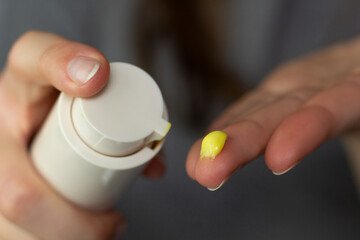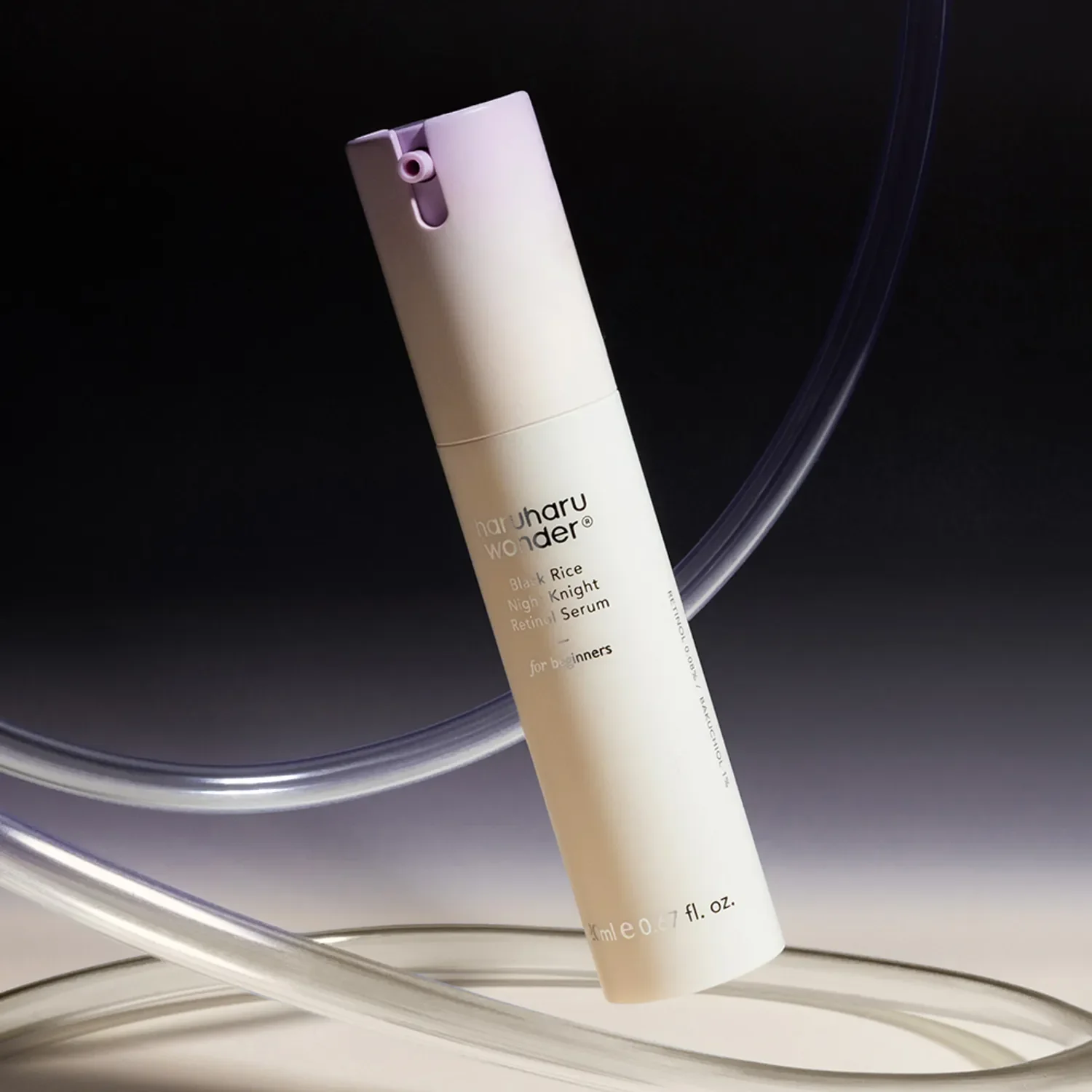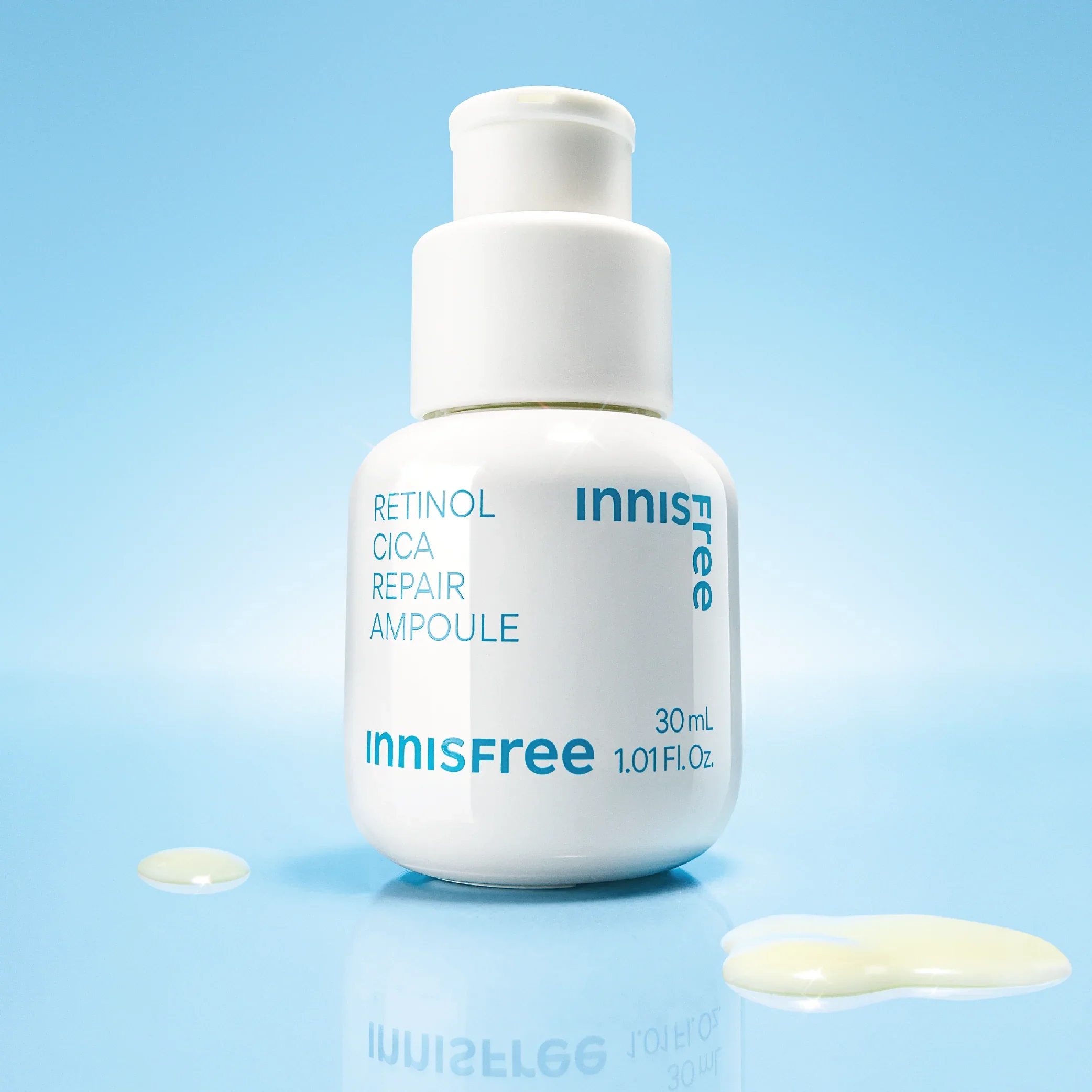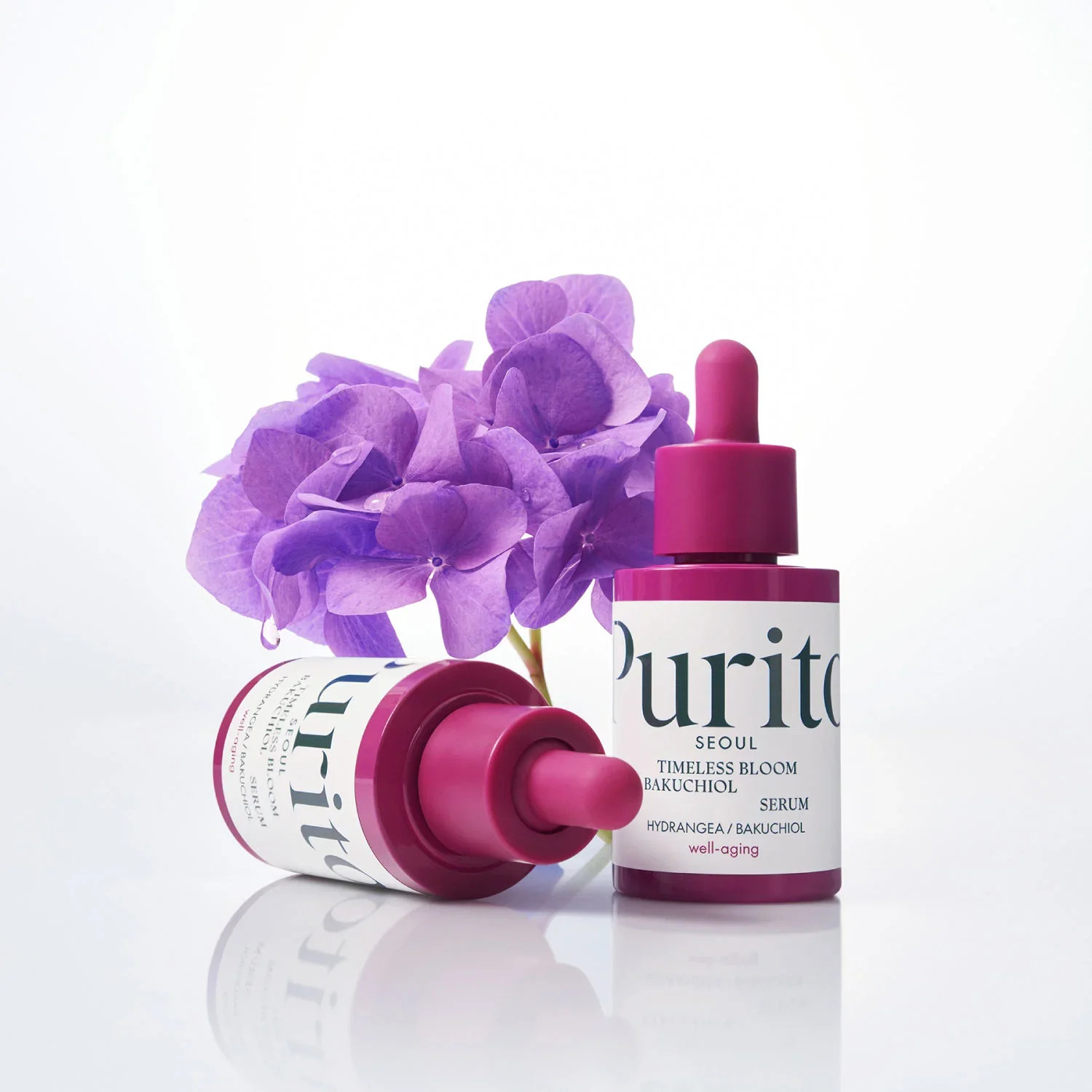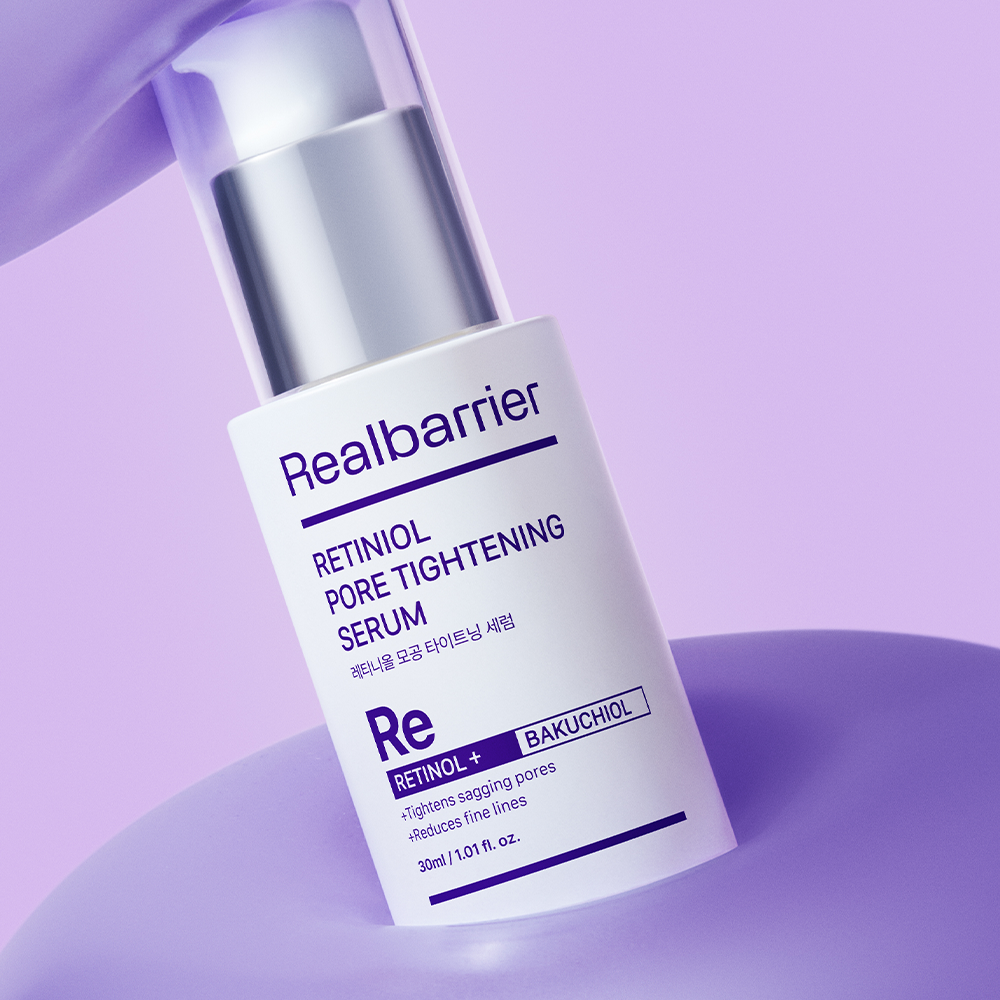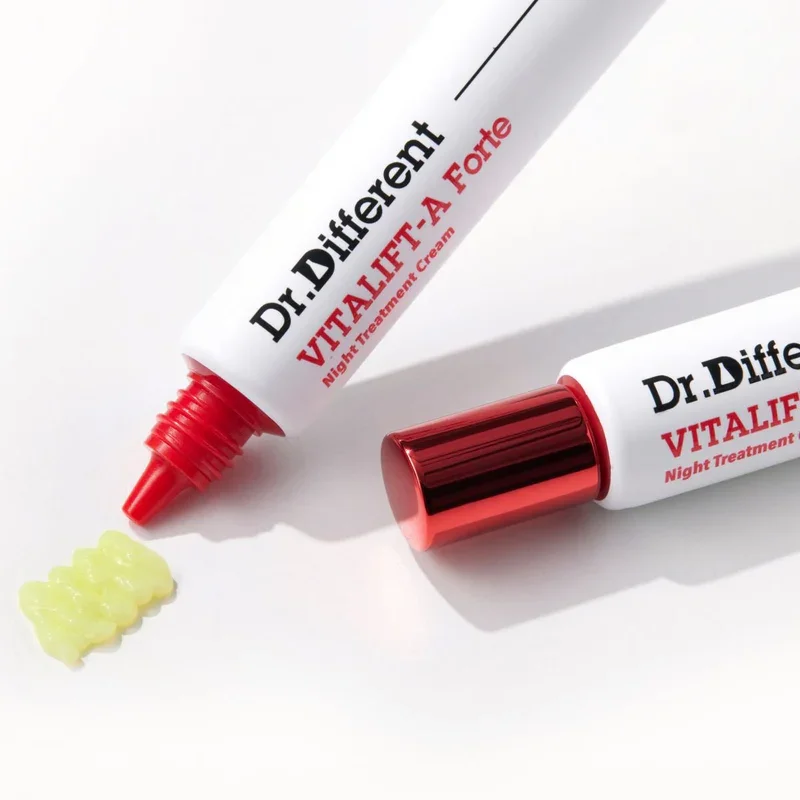Retinol Benefits Explained: How It Works, Anti-Aging Effects, and Myths Debunked
Did you know that retinol is one of the most researched ingredients in skincare?
Originally, it was used mainly for medical purposes, like treating acne. But researchers soon discovered that retinol is incredibly versatile. It doesn’t just help with breakouts—it can also target dark spots, enlarged pores, and uneven texture. Its anti-aging effects are so significant that retinol is currently the only ingredient with strong scientific evidence supporting its ability to slow down visible signs of skin aging.
If you’re unsure how retinol works, what results to expect, or how to add it to your routine, don’t worry. The following sections will guide you through the amazing world of retinol and help you feel confident using it.
Table of Contents:
What Is Retinol?
How Does Retinol Work on the Skin?
Retinol Facts and Myths
What to Know Before Starting Retinol
Maximizing Anti-Aging Results with Vitamin A
What Is Retinol?
Let’s start with the basics! Vitamin A isn’t just a single molecule—it’s actually a family of related compounds that all have similar effects in the body. In skincare, the most important members of this family are Retinol, Retinal (Retinaldehyde), Retinoic acid, and Retinyl Esters like Retinyl Palmitate.
Retinol is a Vitamin A derivative that’s commonly used in over-the-counter skincare. On its own, it’s inactive; your skin needs to convert it into retinoic acid, the active form that works directly on skin cells. This conversion is what allows retinol to help improve texture, reduce fine lines, fade pigmentation, and support a youthful-looking complexion.
Other forms work slightly differently:
Retinal only needs one conversion step to become retinoic acid, making it a bit stronger than retinol.
Retinyl esters like retinyl palmitate are milder, as they must be converted first into retinol, then retinal, and finally retinoic acid.
Retinoic acid itself is the active form, very effective but usually only available by prescription because it can irritate the skin.
This family of molecules is what makes Vitamin A so versatile in skincare—the different forms let you choose a strength and type that works for your skin and routine.
If you want to dive deeper into the different forms of Vitamin A, check out my previous post [Retinol in Skincare: How to Use It, and Why It Matters]. It explains how each derivative works and which might be best for your skin.
Note: While Retinoic Acid is very effective, it can cause skin irritation and dryness, so it’s only available in prescription creams and medications. Over-the-counter retinol products rely on your skin converting the Vitamin A derivative into Retinoic Acid, making them gentler and suitable for home use. Irritation is rare, but it can happen, especially for sensitive skin types.
How Does Retinol Work on the Skin?
Retinol works at a cellular level to improve the overall health and appearance of your skin. Once it’s converted into Retinoic Acid in the skin, it binds to specific receptors in skin cells and influences their behavior. This triggers several important effects:
Boosts cell turnover: Retinoic acid accelerates the rate at which skin cells are replaced, helping to reveal fresher, smoother skin and reducing dullness.
Stimulates collagen production: By encouraging collagen synthesis, retinol helps improve skin elasticity and firmness, reducing the appearance of fine lines and wrinkles.
Reduces hyperpigmentation: Retinol helps even out skin tone by promoting the shedding of pigmented cells and preventing excess melanin buildup.
Minimizes pore appearance: Faster cell turnover and smoother skin texture make pores appear smaller over time.
Supports acne control: By normalizing cell turnover, retinol can prevent clogged pores and reduce breakouts.
The good news is that your skin cells are equipped with special enzymes that convert the various forms of Vitamin A into Retinoic Acid. When you apply Retinol to your skin, the amount of Retinoic Acid inside your cells increases. This means that using retinol can help support skin firmness and a youthful appearance while keeping side effects minimal.
Serums for Sensitive Skin and Beginner Retinol Users:
Retinol Facts and Myths
Store shelves are full of products containing Retinol, but are they all equally effective?
Many people assume that Retinol works like a chemical exfoliant, solving a wide range of skin issues. In reality, Retinol primarily supports cell turnover, helping your skin renew itself over time.
It can be tempting to think that all products with Retinol or Retinyl Palmitate are as effective as prescription-strength Retinoic Acid and free of side effects. The truth is a bit more complicated. Some products contain too little Retinol or Retinyl Palmitate to produce noticeable results. Simply having these ingredients listed isn’t enough to guarantee effectiveness.
Another important factor is that the conversion of Vitamin A derivatives into Retinoic Acid varies from person to person. The same product or concentration may deliver visible results for some, while others see little to no effect.
Tip: When buying a retinol product, make sure you store and use it properly to get the best results. Retinol is unstable—exposure to light and air can break it down. For real benefits, choose products in airtight packaging and follow storage instructions carefully.
Serums for Experienced Retinol Users:
What to Know Before Starting Retinol
Before you build your new skincare routine around Retinol, there are a few key things to keep in mind:
Always use sunscreen. Retinol can make your skin more sensitive to the sun, so a broad-spectrum SPF is essential every day.
Do a patch test first. Before applying retinol to your face, test it on a small area to check for irritation.
Start gradually. If you’re new to Retinol, begin with a gentler product 1–2 times per week. If your skin tolerates it well, increase to 3–4 times per week, and after about a month, you can go up to 5–6 times per week.
Combine carefully with exfoliants. Beginners should avoid using strong chemical exfoliants at the same time. More experienced users can pair Retinol with mild exfoliants, as long as the skin tolerates it.
Consistency is key. Retinol works best when used regularly over time.
Avoid combining with prescription isotretinoin. If you’re taking isotretinoin for acne, do not use other retinol products.
Tip: Even if you’re experienced with skincare, combining prescription Isotretinoin with Retinol or other active ingredients like Vitamin C, AHA acids, or additional retinoids can irritate the skin. During isotretinoin treatment, focus on gentle, soothing products, and always use SPF 50.
Maximizing Anti-Aging Results with Vitamin A
Even though products containing different forms of Vitamin A are increasingly available, Retinoic Acid still delivers the most significant anti-wrinkle effects, because its activity doesn’t depend on conversion rates or other variables. However, well-formulated retinol products provide a more accessible option that is easier to use and generally less irritating.
If you experience side effects—such as skin irritation or persistent peeling—try reducing the concentration or using it less frequently. This allows your skin to adjust while still benefiting from the anti-aging effects of Vitamin A derivatives.
Remember, results take time, and small adjustments—like reducing concentration or frequency—can make a big difference if irritation occurs. By understanding how these ingredients work and tailoring their use to your skin, you can enjoy the full benefits of Vitamin A while keeping your routine safe and effective.
